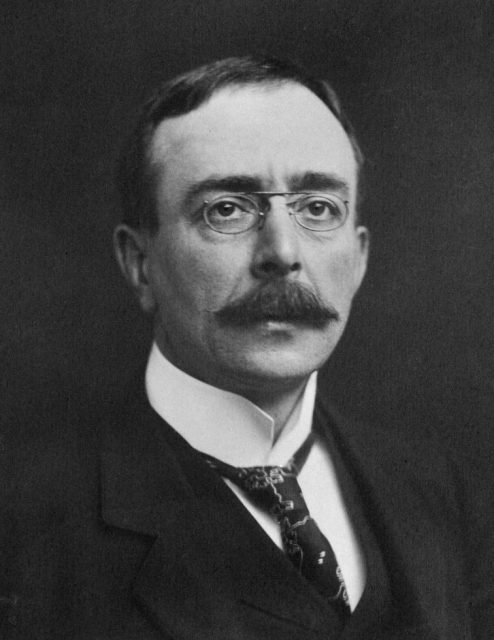Sherrington’s Law of Reciprocal Inhibition represents one of the basic principles of neuroscience that has real implications for massage therapists. Sir Charles Scott Sherrington was a renowned British neurologist and physiologist who received the Nobel Prize in Physiology or Medicine in 1932.[1]
Sherrington’s Law of Reciprocal Inhibition states that when a muscle is activated, a muscle that opposes its action is inhibited. For example, when you contract (activate) your biceps muscle, your triceps relaxes and lengthens. This example makes it appear obvious, but this coordination requires central control. The nervous system signals both muscles to do what they do, to either contract or relax. The nervous system enforces this reciprocal connection.
We can apply Sherrington’s Law in massage therapy to create a more effective and efficient massage. By engaging specific muscles and relaxing their opposing muscles, a massage therapist alleviates pain and tension, improves flexibility and range of motion, and enhances overall muscle function.
For example, take a client who experiences tension in their neck and shoulders. Any therapist can massage the trapezius muscle. But a therapist who knows Sherrington’s Law can amplify their work by having the client engage the opposing muscles, simultaneously. They simply prompt the client to reach toward their toes, and when they do, the trapezius relaxes: it’s the law! The combination of the massage and the nervous system sending relax signals to the traps makes for faster results than massage alone.
By understanding and applying Sherrington’s Law of Reciprocal Inhibition, massage therapists can take their practice to the next level, providing clients with a more comprehensive and effective massage experience.





